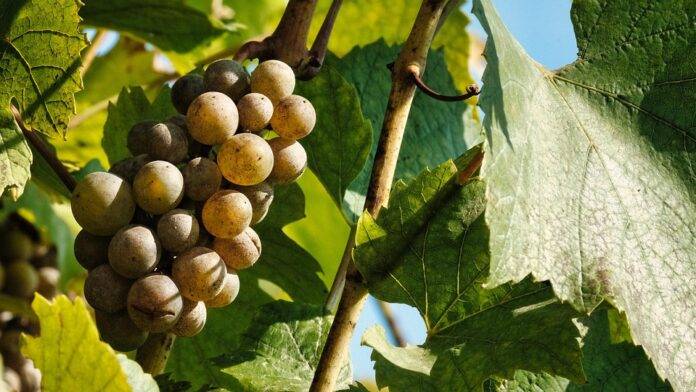The role of vineyard classification in German Riesling labeling and pricing
Introduction
German Riesling is renowned for its quality and diversity, with vineyard classification playing a crucial role in how these wines are labeled and priced. In Germany, vineyards are classified based on their quality and prestige, which directly impacts the pricing and perception of the wines produced from these vineyards. Understanding the significance of vineyard classification in German Riesling is essential for both wine enthusiasts and industry professionals.
Vineyard Classification System in Germany
Germany has a unique vineyard classification system known as the “Prädikatswein” system, which categorizes wines based on the ripeness of the grapes at harvest. The highest-quality wines are designated as “Prädikatswein” and are further classified into six categories: Kabinett, Spätlese, Auslese, Beerenauslese, Trockenbeerenauslese, and Eiswein. These categories indicate the level of ripeness and sweetness of the grapes, with higher categories representing rarer and more prestigious wines.
VDP Classification
In addition to the Prädikatswein system, Germany also has the Verband Deutscher Prädikatsweingüter (VDP), an association of top-quality wine estates that have their own classification system. The VDP classification system categorizes vineyards based on factors such as soil quality, microclimate, and historical reputation. VDP vineyards are classified as Gutswein, Ortswein, Erste Lage, and Grosse Lage, with Grosse Lage being the highest category reserved for the best vineyard sites in Germany.
Impact on Labeling
The classification of vineyards in Germany has a direct impact on how Riesling wines are labeled. Wines produced from Grosse Lage vineyards, for example, can include the vineyard name on the label, which adds prestige and value to the wine. Consumers often seek out wines from renowned vineyards, and the labeling system allows them to easily identify wines of exceptional quality.
Impact on Pricing
Vineyard classification also plays a significant role in determining the pricing of German Riesling wines. Wines from Grosse Lage vineyards command higher prices due to their superior quality and limited availability. These wines are often considered investment-grade and can appreciate in value over time. On the other hand, wines from lower-tier vineyards may be more affordable but lack the prestige and exclusivity of wines from top vineyards.
Industry Insights
The importance of vineyard classification in German Riesling is evident in the pricing strategies of wineries and the preferences of consumers. Top producers such as Dr. Loosen, Weingut Keller, and JJ Prüm consistently receive high ratings and accolades for their wines from Grosse Lage vineyards. These wines are sought after by collectors and enthusiasts, driving up demand and prices in the market.
Financial Data
According to industry reports, German Riesling wines from Grosse Lage vineyards can command prices ranging from €50 to €200 per bottle, depending on the producer and vintage. These wines often appreciate in value over time, making them attractive investments for wine collectors. The total market value of German Riesling exports reached €328 million in 2020, with strong demand from key markets such as the United States, the United Kingdom, and China.
Conclusion
In conclusion, vineyard classification plays a crucial role in how German Riesling wines are labeled and priced. The Prädikatswein and VDP classification systems help consumers identify wines of exceptional quality and prestige, while also influencing the pricing strategies of wineries. Understanding the significance of vineyard classification is essential for anyone interested in exploring the world of German Riesling and appreciating the diversity and complexity of these wines.


